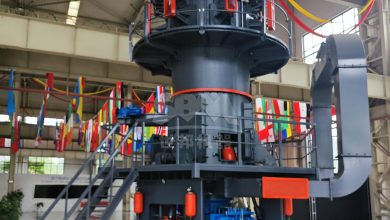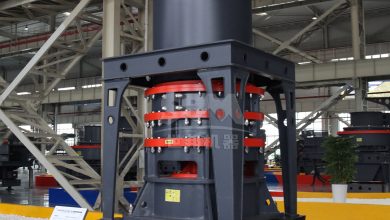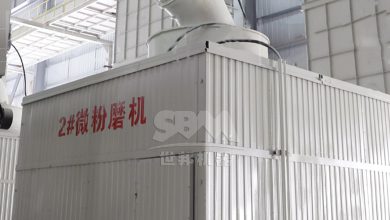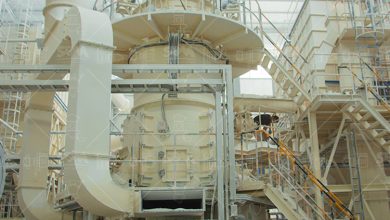Dry Grinding vs Wet Grinding: Key Differences in Mineral Powder Processing
Dry Grinding vs Wet Grinding: Key Differences in Mineral Powder Processing
In mineral processing operations, the choice between dry grinding and wet grinding methods significantly impacts production efficiency, energy consumption, and final product quality. This technical analysis explores the fundamental differences between these two approaches and their applications in modern mineral powder processing.
1. Fundamental Process Characteristics
Dry Grinding involves size reduction of materials without liquid media. The process typically employs:
- Air classification systems for particle separation
- Negative pressure dust collection
- Thermal control for moisture-sensitive materials
Wet Grinding utilizes liquid (usually water) as a processing medium, featuring:
- Slurry transportation systems
- Hydrocyclone classification
- Dewatering processes for final product recovery
2. Technical Comparison
| Parameter | Dry Grinding | Wet Grinding |
|---|---|---|
| Energy Consumption | 15-30% lower for equivalent capacity | Higher due to slurry handling |
| Particle Size Range | 325-2500 mesh (5-45μm) | 200-800 mesh (20-75μm) |
| Moisture Content | <1% | 15-40% (requires drying) |
| Equipment Wear | Higher abrasion (requires special materials) | Reduced by liquid cushioning |
3. Application Scenarios
Dry Grinding Preferred When:
- Processing moisture-sensitive materials (e.g., kaolin, talc)
- Producing ultra-fine powders (D97 < 10μm)
- Operating in water-scarce regions
Wet Grinding Advantages For:
- Hard materials requiring impact crushing (e.g., quartz)
- Downstream flotation processes
- Dust explosion prevention
4. Equipment Selection Guide
For dry grinding applications, ZENITH’s XZM Ultrafine Mill represents cutting-edge technology with:
- 325-2500 mesh adjustable fineness (D97≤5μm)
- 30% lower energy consumption vs conventional mills
- Intelligent particle size control system
Key technical highlights include:
- Vertical turbine classifier for precise size cuts
- Special alloy grinding rollers with 3× longer lifespan
- Pulse dust collection exceeding international standards
For wet grinding requirements, our MTW Series Trapezium Mill offers:
- 30-325 mesh output (adjustable to 0.038mm)
- 3-45 TPH capacity range
- Integrated slurry handling system
5. Economic Considerations
The total cost analysis should evaluate:
- Capital Investment: Dry systems typically require 20-40% less infrastructure
- Operating Costs: Wet grinding incurs additional water treatment expenses
- Maintenance: Dry mills need more frequent wear part replacement
- Product Value: Ultra-fine dry powders command 15-30% price premiums
6. Environmental Impact
Modern dry grinding systems like ZENITH’s XZM series achieve:
- Dust emissions < 20mg/m³ through multi-stage filtration
- Noise levels ≤75dB with acoustic enclosures
- Zero liquid discharge operation
Wet systems must address:
- Water recycling requirements
- Sludge disposal challenges
- Higher overall energy footprint
7. Future Development Trends
The mineral processing industry is moving toward:
- Hybrid dry-wet systems for specific material phases
- AI-controlled grinding optimization
- Nano-particle production capabilities
ZENITH continues to lead innovation with our R&D team developing next-generation grinding solutions that combine the advantages of both methods while minimizing their limitations.





